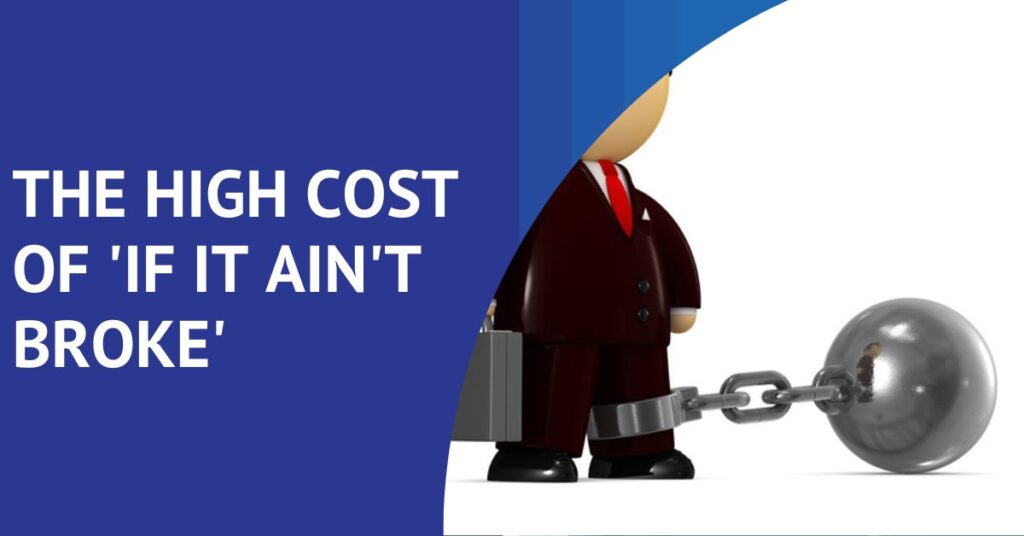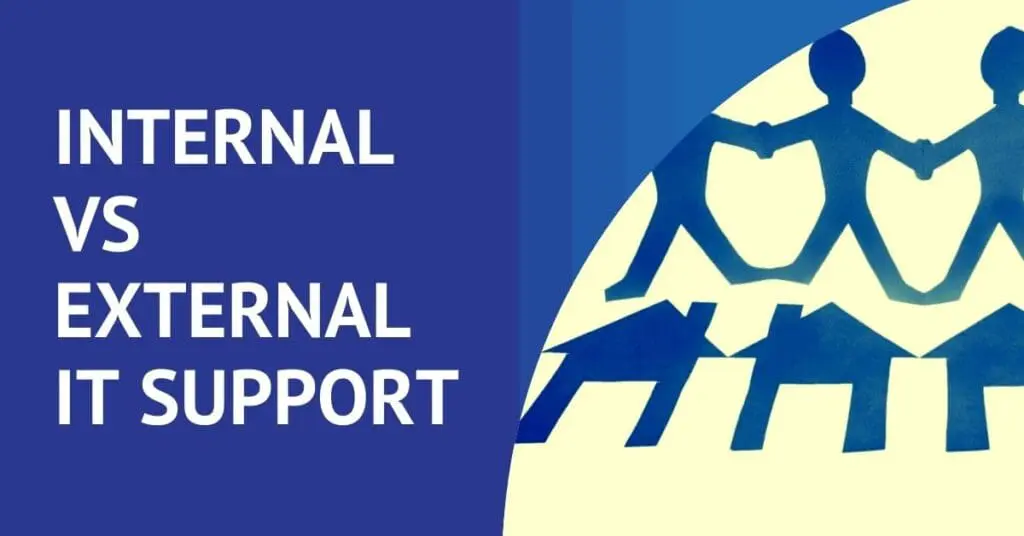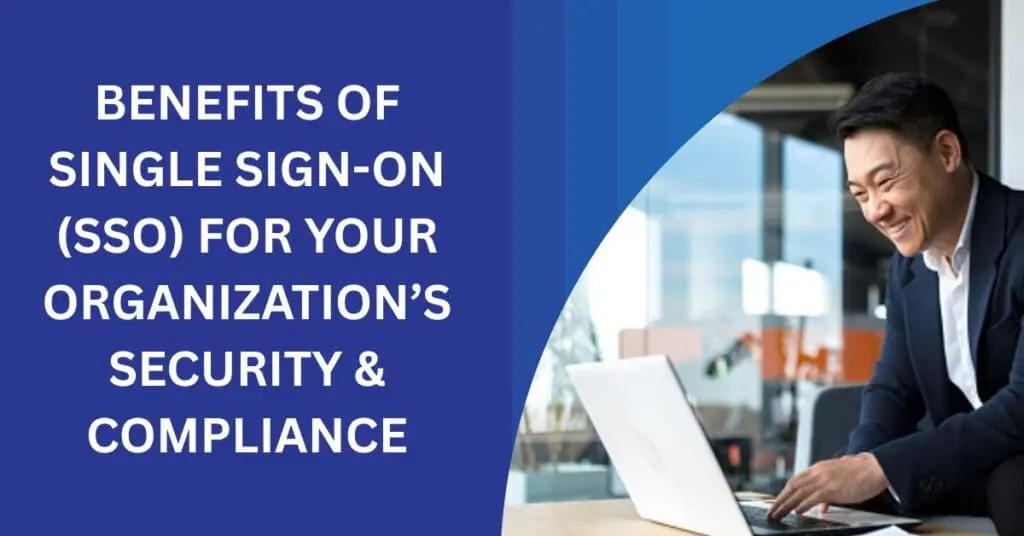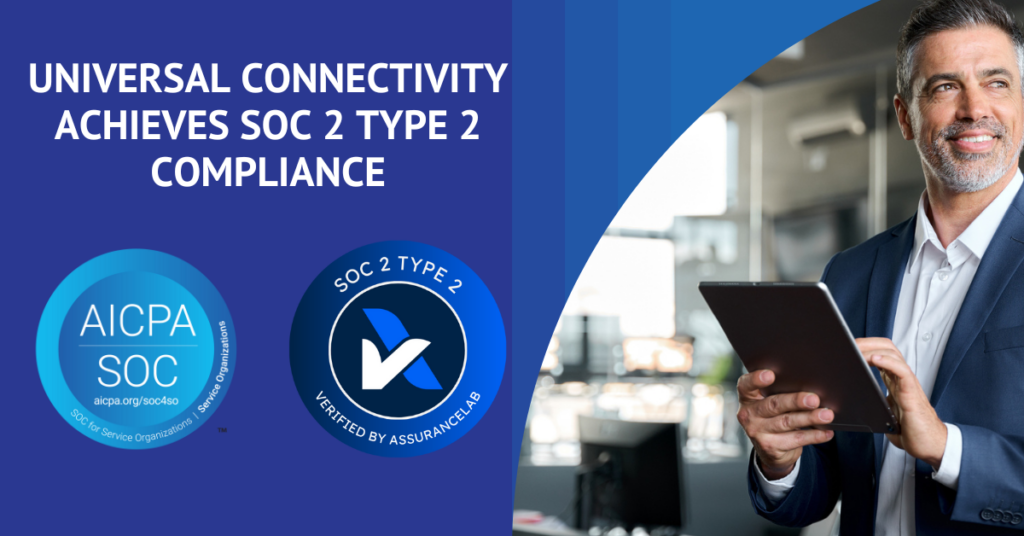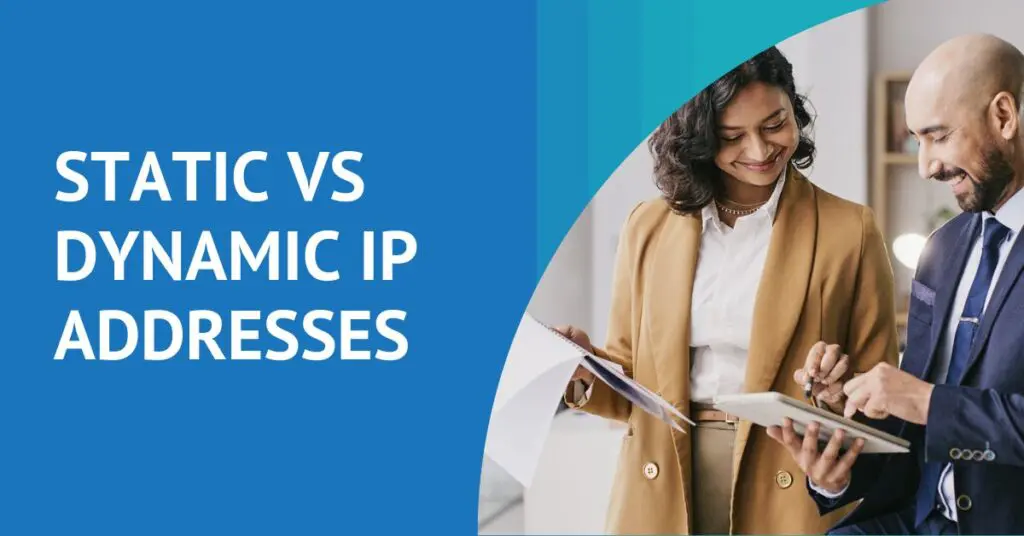Multi-Factor Authentication (MFA): Going Beyond Passwords
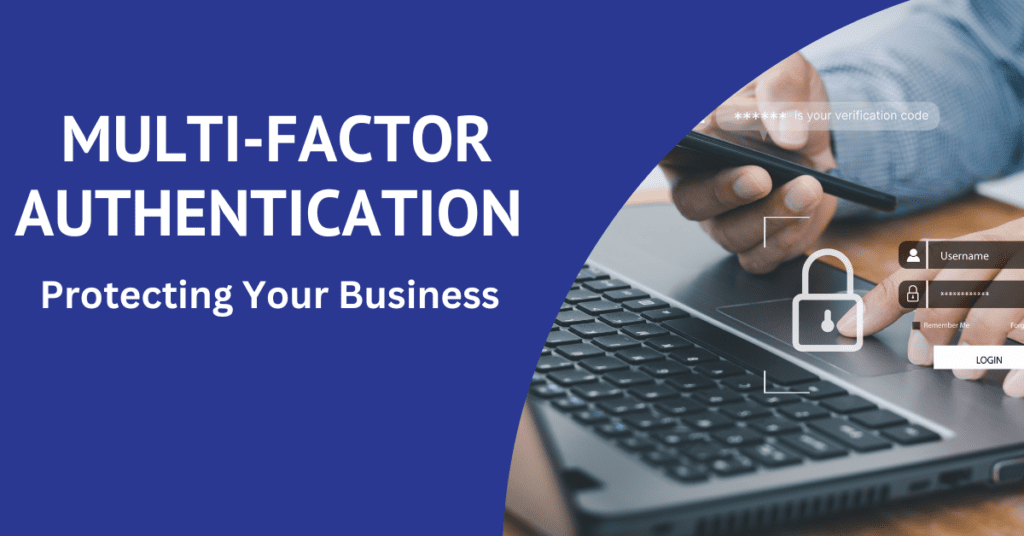
Password-based authentication, which is the most common form of authentication, is no longer enough to secure online accounts or systems. Passwords can be easily compromised through various means, including phishing attacks, social engineering, and brute-force attacks. Setting up Multi-factor Authentication (MFA) as an additional cybersecurity strategy can boost the overall security stance of an organization, reducing the likelihood of security incidents such as data breaches.
What is Multi-Factor Authentication (MFA)?
Multi-factor authentication (MFA) is a security feature that requires users to provide two or more authentication factors to verify their identity before being granted access to a system, account, or application. The goal of MFA is to add an extra layer of security beyond just a username and password. Businesses can choose which authentication options are best suited for their needs, based on factors such as the level of security required, ease of use, user experience, and cost. There are typically three types of authentication factors:
- Something you know, such as a password or PIN.
- Something you have, such as a security token or smartphone.
- Something you are, such as a biometric factor like a fingerprint, voice recognition or face scan.
Protecting Sensitive Data in Today’s World
Sensitive data or applications include anything that could cause harm or damage to an organization or individual if it were to fall into the wrong hands. This can include personal information (such as social security numbers, credit card numbers, or medical records), financial information (such as banking information or investment portfolios), and intellectual property (such as trade secrets, research and development, or proprietary algorithms). By requiring multiple authentication factors, MFA makes it much more difficult for hackers or malicious actors to gain access to an account or system by requiring them to have both the correct password and a physical device or piece of information in their possession. As a result, Businesses can reduce the risk of data breaches and other security incidents.
Key Considerations When Implementing MFA as a Security Strategy
Businesses should think about multi-factor authentication (MFA) as a valuable tool in their overall cybersecurity strategy rather than just relying on passwords to protect sensitive data and systems. Here are some key considerations that businesses should keep in mind when thinking about MFA:
- Identify sensitive data and systems: The first step is to identify the data and systems that require protection. This can include anything from financial information to intellectual property to customer data. Once identified, MFA should be implemented.
- Determine appropriate level of security: There are different levels of MFA, and businesses should determine which level is appropriate for their needs. For example, some systems may require a higher level of security, such as biometric authentication, while others may only require a simple security token.
- Consider the user experience: MFA can add an extra step to the authentication process, which can be inconvenient for users. Businesses would consider how to balance the need for security with the need for a user-friendly experience. For example, offering a range of authentication options and allowing users to choose the one the works best for them can help to improve the user experience.
- Train employees: Employees play a crucial role in maintaining the security of a business. Training employees on the importance of MFA and how to use it can help ensure they understand the risks and can use the system effectively. It is a best practice to require employees to use multi-factor authentication on all their accounts, including personal accounts that may be linked to their work devices. This practice can help prevent unauthorized access to sensitive information and reduce the risk of data breaches caused by weak passwords or compromised accounts.
Making Your Business’s Data Security a Top Priority
As businesses aim to bolster their cybersecurity defenses, utilizing multi-factor authentication (MFA) is a critical first step. Adding this extra layer of security to the authentication process makes it harder for cybercriminals to gain access reducing the risk of data breaches. Implementing MFA is a smart investment as it will provide:
- Cost savings: By reducing the risk of data breaches and cyber-attacks. It can be costly to recover from a breach for a company and time lost for the employees.
- Compliance: Helps meet regulatory requirements around data security and access control.
- Reputation protection: Prevents a breach or cyber-attack which can damage a business’s reputation and erode trust with customers.
- Competitive advantage as it demonstrates to customers and partners that the business takes data security seriously and is committed to protecting their information.
Cyber attacks and data breaches can lead to severe damage to a business and its reputation. Investing in robust data security measures is a proactive and necessary approach towards safeguarding against potential cyber threats, ensuring business continuity, and maintaining customer trust.
Choosing a Business Phone Provider
How do you choose the right business communication partner to help your business thrive? Grab our free, one page checklist. Compiled based on years of experience, this download can help you jump start your search and selection process and:


